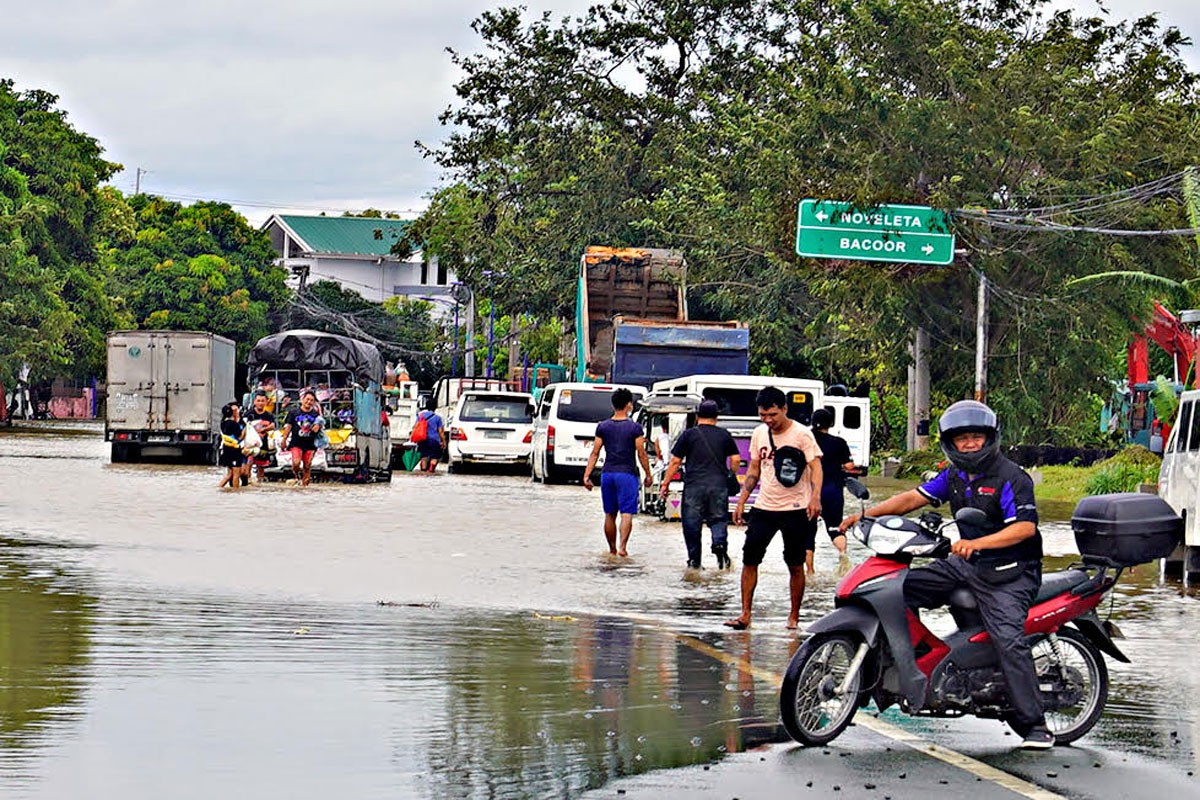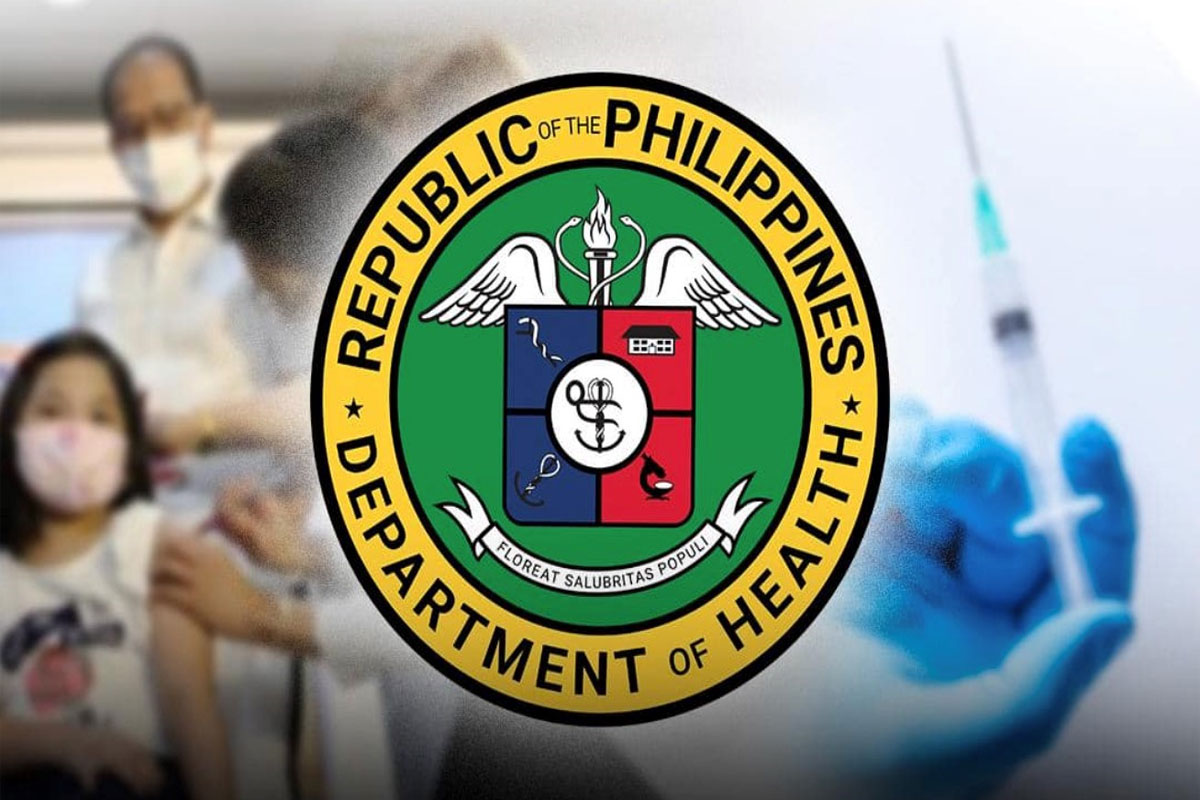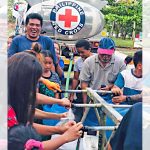 Flooded area of Jordan Village in Barangay San Jose II, Noveleta, Cavite on October 30, 2022. Photo by Dennis Abrina
Flooded area of Jordan Village in Barangay San Jose II, Noveleta, Cavite on October 30, 2022. Photo by Dennis Abrina
DOH Calabarzon warns vs W.I.L.D diseases after ‘Paeng’
TRECE MARTIRES CITY, Cavite – The Department of Health-Center for Health Development (DOH-CHD) Calabarzon (Cavite, Laguna, Batangas, Rizal, Quezon) has warned the public against water-borne and foodborne illnesses, influenza-like illnesses, leptospirosis, and dengue or “W.I.L.D” following the aftermath of tropical storm “Paeng” that struck the country on October 30, 2022.
According to Dr. Ariel I. Valencia, regional director of DOH Calabarzon, now that storms and typhoons are entering the country one after another, expect an increase in cases of W.I.L.D. diseases that usually increase due to wet or damp surroundings caused by rains.
“In most cases, storms and heavy rains can cause flooding, and with it is a possible increase in cases of infectious diseases. These include water-borne diseases such as cholera, leptospirosis, and hepatitis A; and vector-borne diseases such as malaria and dengue,” Valencia said.
“Maraming naiipon na tubig-ulan, mula sa empty cans, bottles, old tires. Naging stagnant yung mga tubig-baha na siyang pinangingitlogan ng mga lamok na nagdadala ng dengue,” he added.
Valencia renewed the call to the public to prevent dengue by implementing the enhanced 4-S strategy in their households, “Bago pa man ang mga pag-ulan at pagbaha, we have been campaigning to the public to follow the 4S against Dengue Strategy.”
4-S stands for “Search and destroy” mosquito-breeding sites, employ “Self-protection measures” (i.e., wearing long pants and long-sleeved shirts, and use of mosquito repellent), “Seek early consultation,” and “Support fogging/spraying” in hotspot areas where an increase in cases is registered for two consecutive weeks to prevent an impending outbreak.”
Influenza is also rampant during the rainy season. “Ito yung isa mga dapat din bantayan ng publiko lalo na sa mga lumikas sa mga evacuation centers. Dahil sa matinding pag-ulan at malamig na panahon, posibleng magkaroon ng sipon, ubo at lagnat na madaling kumalat. Importanteng sundin ang mga pangunahing gabay sa pagkontrol ng impeksiyon sa loob ng pansamantalang evacuation center ng komunidad,” Valencia said.
“Ang paghugas ng kamay, pag-suot at tamang pagtapon ng gamit na mask, at physical distancing ay ating patuloy na ipinapaalala. Kabilang dito ang pagbibigay alam ng mga lumikas sa mga itinalagang tauhan sa evacuation center kung makaramdam ng ano mang sintomas, upang mabigyan ng naaangkop na pagsusuri at pangangalagang medical,” Valencia added.
The DOH also warned the public about threats of cholera and diarrhea during the floods. Drinking clean, potable water, proper sanitation, and food safety measures decrease the risk of cholera and diarrhea-associated complications and co-morbidities.
After heavy rainfall, people who have bathed or waded through the flood, especially those whose open wounds or scratches are exposed to flood water potentially urinated on by rodents, could be at risk for Leptospirosis infection.
“Stay indoors and evacuate only if necessary. In cases requiring a need to go outdoors, ensure suitable clothing such as a jacket, raincoat, umbrella, boots, and other protective gear. Pay attention to official TV, radio, or local government announcements/warnings.
Most of all, keep your immune systems strong, eat healthy food, and increase physical activity.” Valencia concluded.
























